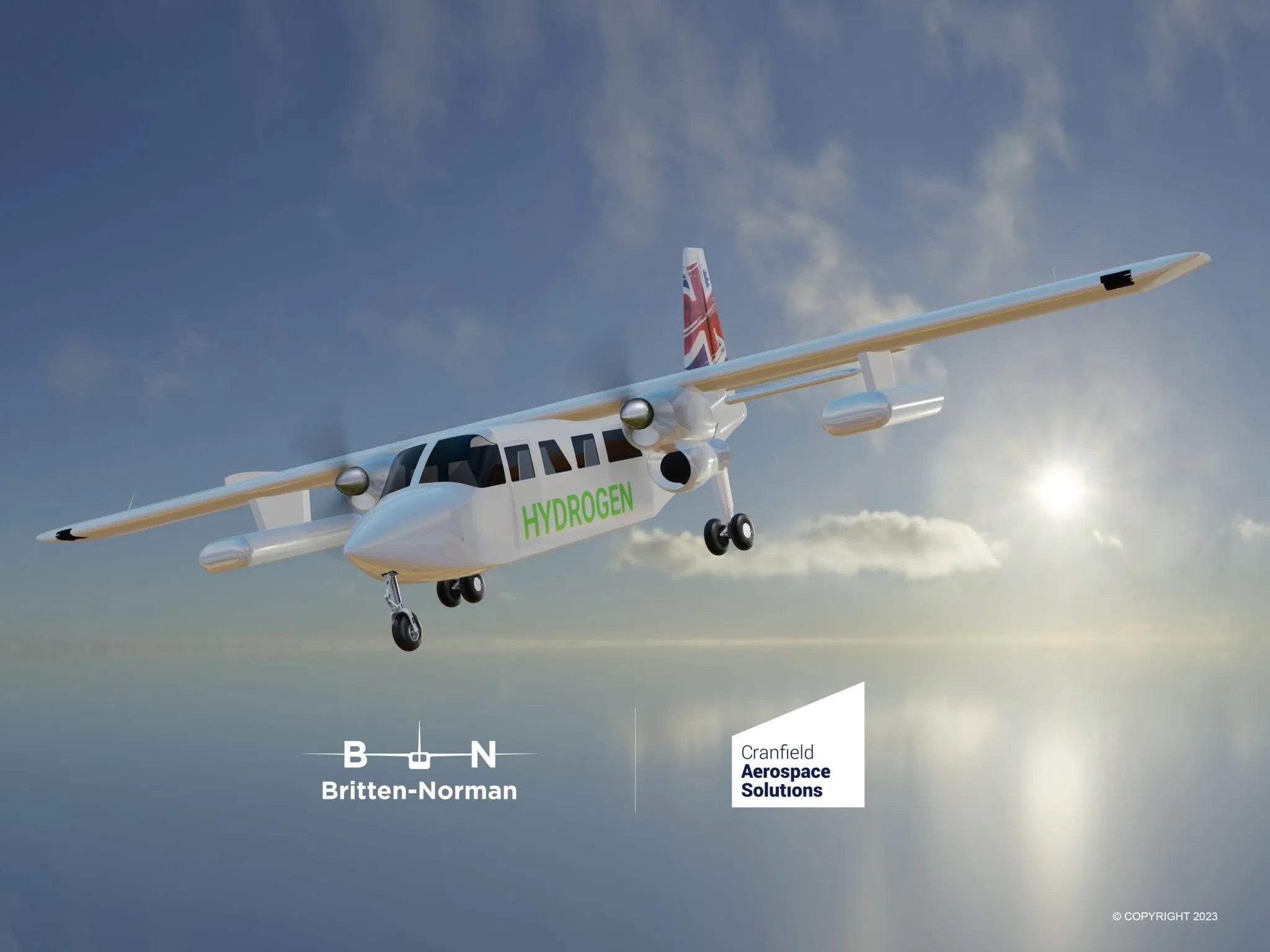
Cranfield Aerospace Solutions is looking to raise £30m ($37.19m) this year to develop hydrogen-powered electric aircraft, reported the Financial Times.
The UK-based company, which was spun out of Cranfield University, is in talks with multiple investors and hopes to launch the aircraft as early as 2026.

Access deeper industry intelligence
Experience unmatched clarity with a single platform that combines unique data, AI, and human expertise.
Cranfield plans to use the proceeds to develop a flying aircraft for demonstration and to start working on the finished product.
Cranfield Aerospace Solutions chief Paul Hutton said: “It will give us runway until the end of 2024.”
The news comes as the aviation industry works to develop new fuel technologies including “green” hydrogen to reduce carbon emissions.
Aerospace giant Airbus plans to test hydrogen-powered jet engines on an A380 aircraft for a zero-emission aircraft by 2035.

US Tariffs are shifting - will you react or anticipate?
Don’t let policy changes catch you off guard. Stay proactive with real-time data and expert analysis.
By GlobalDataHowever, challenges and concerns remain regarding the availability of green hydrogen and its deployment, although Hutton says fuel cell technology-based hydrogen aviation is not too far off.
This April, Cranfield revealed plans to merge with Britten-Norman, a British aircraft maker.
The two businesses had already been working together on a project supported by the UK government to refit a nine-seater Britten-Norman Islander aircraft with a hydrogen fuel cell engine developed by Cranfield.
According to Hutton, the combination would enable the companies to go forward with these plans more quickly and enhance the possibility that the modified aircraft will be approved by aviation authorities within the set time frame.
Cranfield is working on a four-stage plan to develop a new aircraft, with the initial stage being retrofitting a nine-seater aircraft with a hydrogen fuel cell engine.
Next, a 19-seater aircraft, will be upgraded with liquid-hydrogen fuel cell technology and the ultimate aim is to design a larger regional jet with up to 100 seats.







